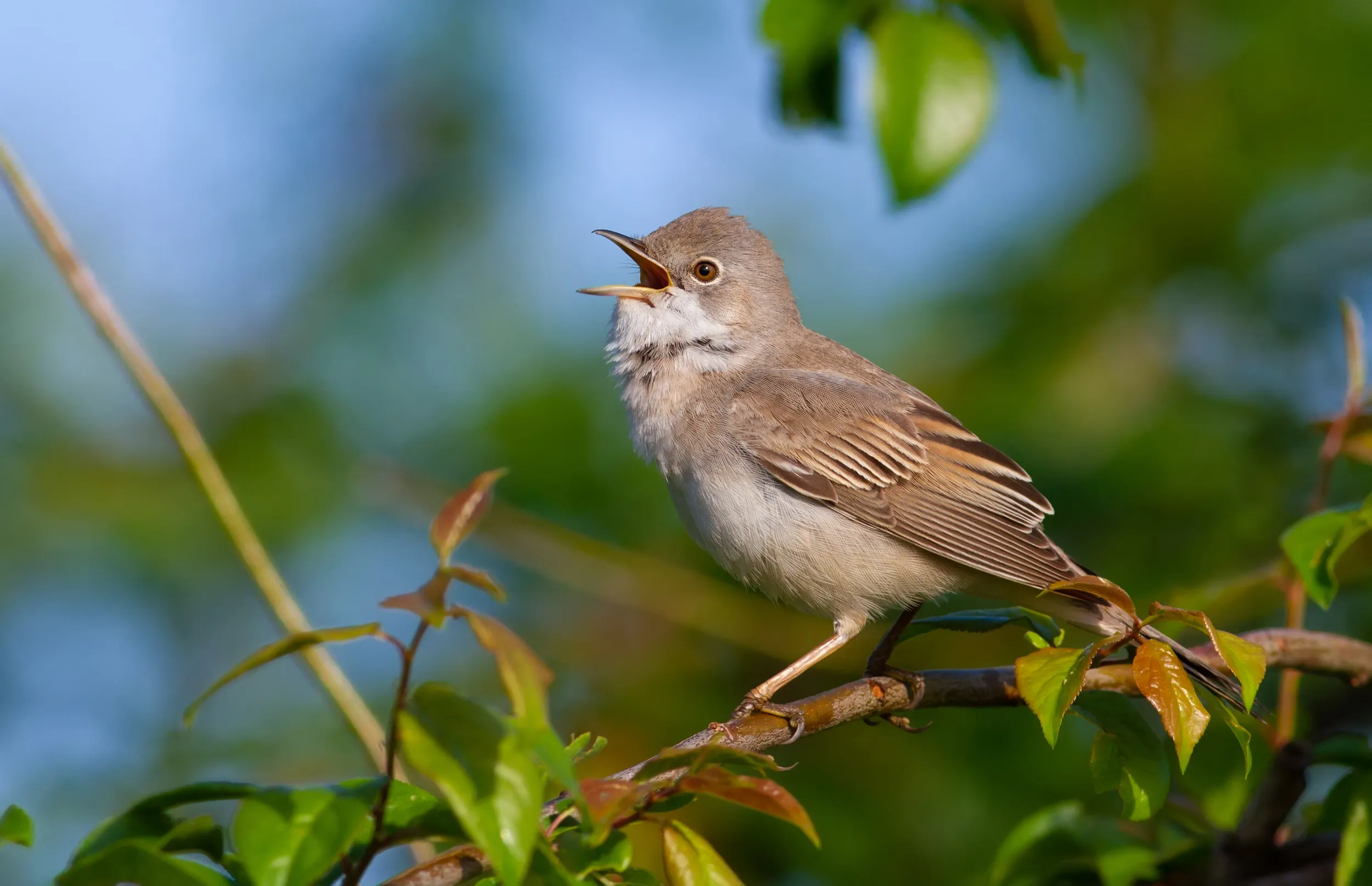Advice
A Great RSPB Youth Group
How to set up an RSPB youth group for your local area.
Before people farmed, they were hunter-gatherers and the only hedgerows were dead hedges, constructed as protection.

The first Bronze Age farmers had to clear woodland to make fields. On occasion, strips of woodland were left to mark the boundaries.
These are our oldest hedgerows, and they are often on today's parish boundaries. These are irreplaceable pieces of living history and are often the best hedgerows for wildlife.
The sward on the verge or bank may contain woodland plants such as bluebells and anemones,and the hedge itself may be a rich mixture of woody shrubs such as hazel, dogwood, guelderrose and spindle. Pollarded trees are frequently found in ancient hedgerows – they made great boundary markers in feudal times as they could not be moved.
Planting of new hedgerows started around Roman times and continued on and off through to the mid 18th century, when the Enclosures Act prompted a great spurt in hedge planting,mostly around the English Midlands. Hedge removal is not a new phenomenon. Many were lost during the Napoleonic Wars when a besieged Britain was threatened with starvation.
After the Second World War, government policy encouraged hedge removal to ensure that Britain was self-sufficient in food. Financial incentives were available to remove hedgerows and machinery was developed that couldn't manoeuvre in small fields. It is now widely recognised that this policy encouraged farmers to go too far, and there are grants to encourage planting and protection of hedgerows.
Since the Second World War, hedgerows have been removed at a much faster rate than they have been planted. In some parts of the country 50 per cent of hedgerows have gone, while others are so badly managed that their value to wildlife is much reduced.
Loss of hedgerows has been identified as a factor in the decline of many plant and animal species traditionally associated with farmland. Reasons for hedge loss include changes in farming practices, development, damage caused by straw and stubble burning (banned since1992), spray drift, neglect and indiscriminate trimming.
An Institute of Terrestrial Ecology (ITE) survey of hedgerow changes revealed that between 1984 and 1990 hedgerow length in England had declined by 20 per cent and in Wales by 25 per cent.While outright removal of hedgerows accounted for 9,500km per year, almost half of the loss was a result of lack of management.
Between 1990 and 1993, the removal of hedgerows lessened to about 3,600km per year, and the rate of planting at 4,400km per year exceeded the rate of removal. As a result of hedgerow incentive schemes, many farms had begun work to restore and manage hedgerows and other boundary features.
Unfortunately, there was a net decrease in hedgerow length of 18,000km per annum in England and Wales during this period. This was at least partly due to a lack of management, leading to hedges being reclassified as lines of trees or gappy shrubs. These relict hedgerows, although registered as lost in the survey, are still of value to birds and other wildlife.
These losses of managed hedges appear to have been halted in the mid-1990s. This is welcome news. Although the net length of hedges now appears stable or possibly increasing, it is important to remember that newly created or restored hedges may not have the same value interms of wildlife, landscape and historical significance as long-established hedgerows.
Some hedgerows are so important that no amount of planting could replace them. The government has brought in legislation to protect hedgerows of key importance (currently in England and Wales only).